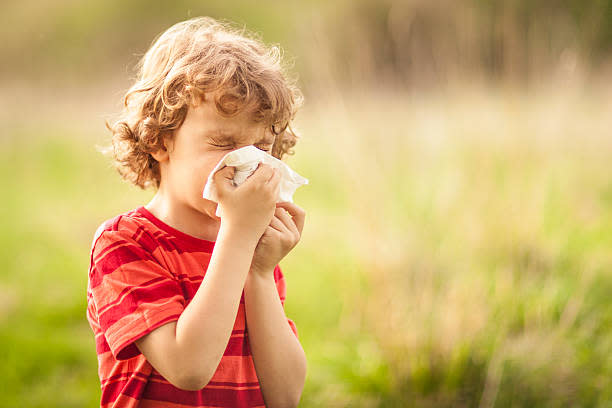Allergy season is getting longer, worse – especially in 1 Texas city

(NEXSTAR) – If you’re suffering from allergies right now, we’ve got some bad news for you. Chances are you live in a city where the allergy season is growing longer and worse.
That’s because as the climate has warmed, there are fewer days with hard freezes. That gives pollen producers, grasses and weeds a longer period of time to thrive (and make your eyes water). The 2024 season has kicked off especially early, experts say.
It’s not just that allergy season is growing longer – there’s also evidence it’s getting more intense. One study looked at the impact of increased carbon dioxide on ragweed plants. It found that with more carbon dioxide in the environment, ragweed plants grew larger and produced significantly more pollen.
Do you live in an ‘allergy capital’? These US cities are worst for allergies
Climate Central, an organization of scientists and journalists that studies the impacts of climate change, analyzed data from nearly 200 U.S. cities to determine where the allergy problems are growing worse. They found that since 1970, the allergy season has grown longer in 164 cities.
One Texas city in particular has seen its allergy season grow dramatically. El Paso finished eighth, as the city has seen its allergy season grow roughly 47 days longer.
Several other Texas cities fared a bit better, but are still seeing their allergy seasons growing. Dallas, Fort Worth, and Sherman each have added about 17 more days. Tyler wasn’t far behind with 15 days, while Odessa finished with 11. Wichita Falls and Amarillo each finished with 10 and 8 days more in their allergy seasons when compared to 1970.
Cities in neighboring New Mexico didn’t do too well either, with Las Cruces finishing second on the list with an extra 65 days of allergy season. Albuquerque/Santa Fe finished 13th in the country with 37 more days.
On average, the cities analyzed around the country saw allergy season lengthen by 19 days.
The full list of cities where allergy season lengthened the most since 1970 were:
Reno, Nevada: 95 days longer
Las Cruces, New Mexico: 65 days longer
Medford, Oregon: 61 days longer
Boise, Idaho: 51 days longer
Tupelo, Mississippi: 50 days longer
Missoula, Montana: 48 days longer
Myrtle Beach, South Carolina: 48 days longer
El Paso, Texas: 47 days longer
Toledo, Ohio: 45 days longer
Eugene, Oregon: 40 days longer
Helena, Montana: 40 days longer
Concord, New Hampshire: 39 days longer
Albuquerque/Santa Fe, New Mexico: 37 days longer
Roanoke, Virginia: 37 days longer
Manchester, New Hampshire: 35 days longer
Duluth, Minnesota: 34 days longer
Atlanta, Georgia: 33 days longer
Lansing, Michigan: 33 days longer
Minneapolis/St. Paul: 33 days longer
Madison, Wisconsin: 32 days longer
While 164 U.S. cities were found to have their allergy seasons growing longer, about 30 cities saw the opposite trend: shorter allergy seasons since 1970. Chief among them was Ottumwa, Iowa, where the allergy season is about 19 days shorter than it used to be.
There isn’t one clear cause for why that may be the case, explained Climate Central meteorologist Lauren Casey. While global warming is happening globally, the impact at the local level isn’t always clear-cut and predictable.
Is tap water safe to drink? CDC report highlights deadly waterborne infections
“I think of global warming as a big umbrella. We’re seeing our global average temperatures increasing over time due to carbon pollution, but the effect of that is climate change. And that doesn’t always necessarily just mean warming in a given location. It has all sorts of different and cascading effects,” Casey said.
Lubbock saw its allergy season drop two days and Waco saw a significant change with their season behind shortened by 18 days.
Several other cities in the south stood out as well with Tulsa, Oklahoma; Macon, Georgia; and Mobile, Alabama, all seeing their allergy seasons cut down, according to the analysis.
It can also be harder to analyze the length of allergy seasons in the South and Southeast, Casey said, because some of the cities never drop below freezing, or only do so rarely.
Another recent report, released by the Asthma and Allergy Foundation of America, focused on where allergy sufferers have it worst overall. They found cities in the South and Midwest tend to have the worst allergy conditions. Wichita, Kansas, topped the list, followed by Virginia Beach, Virginia, and Greenville, South Carolina.
For the latest news, weather, sports, and streaming video, head to KXAN Austin.
